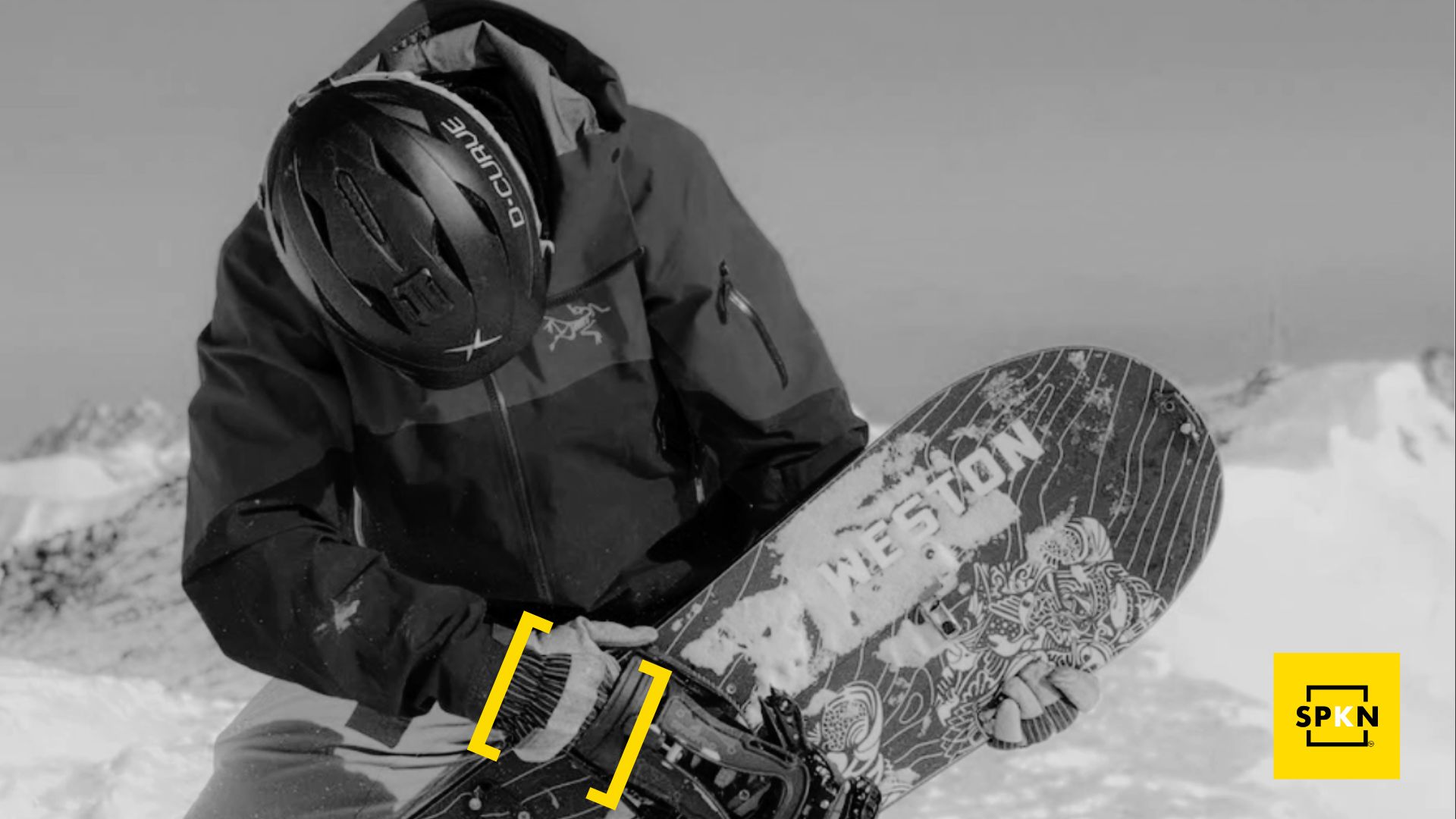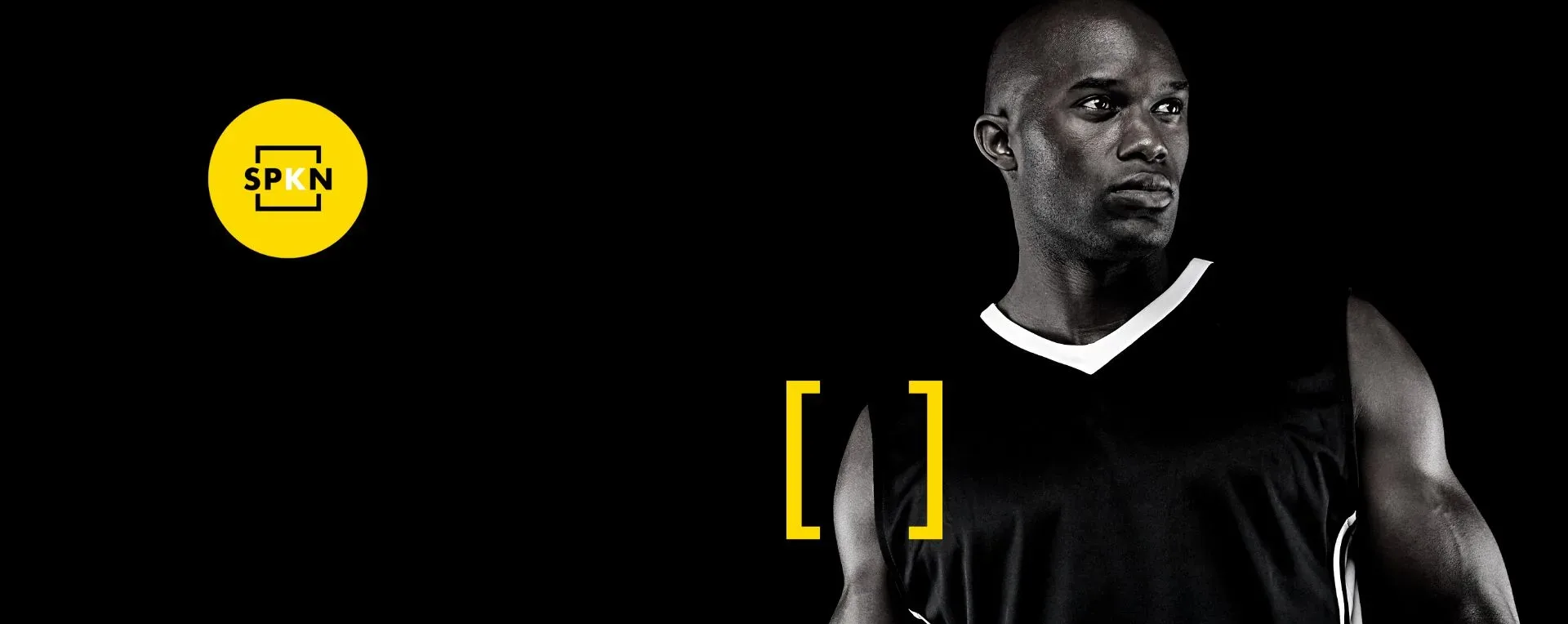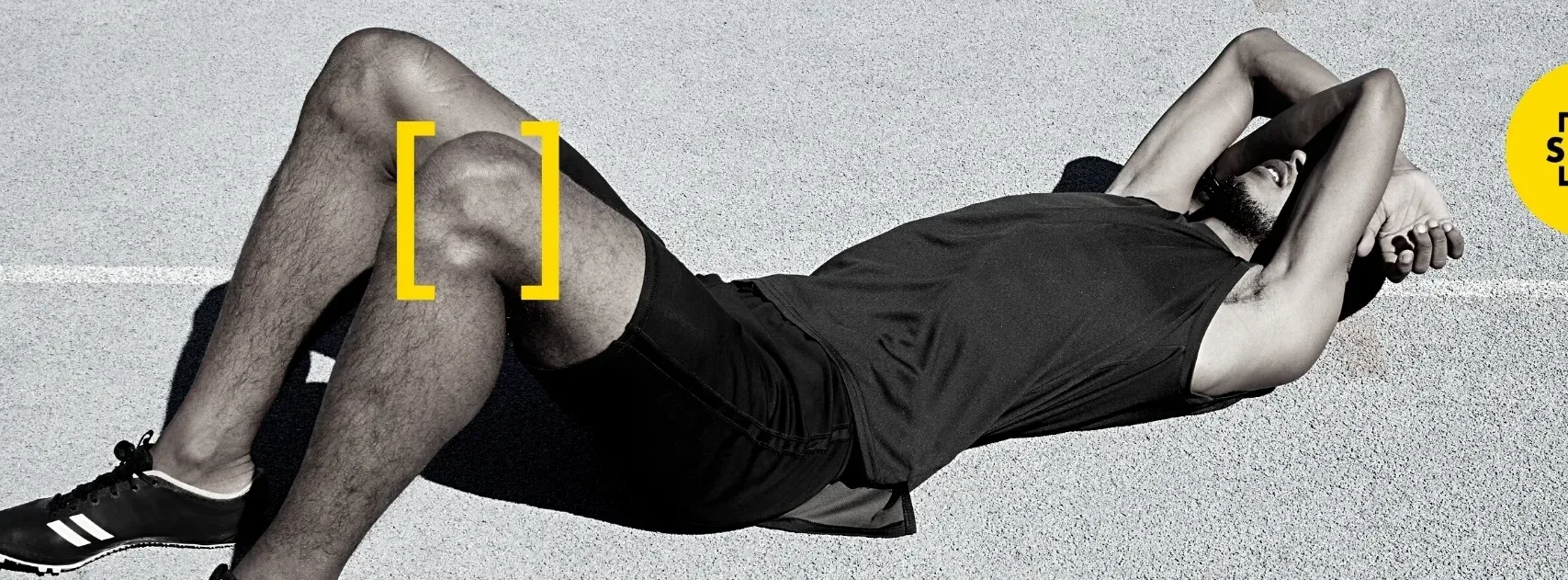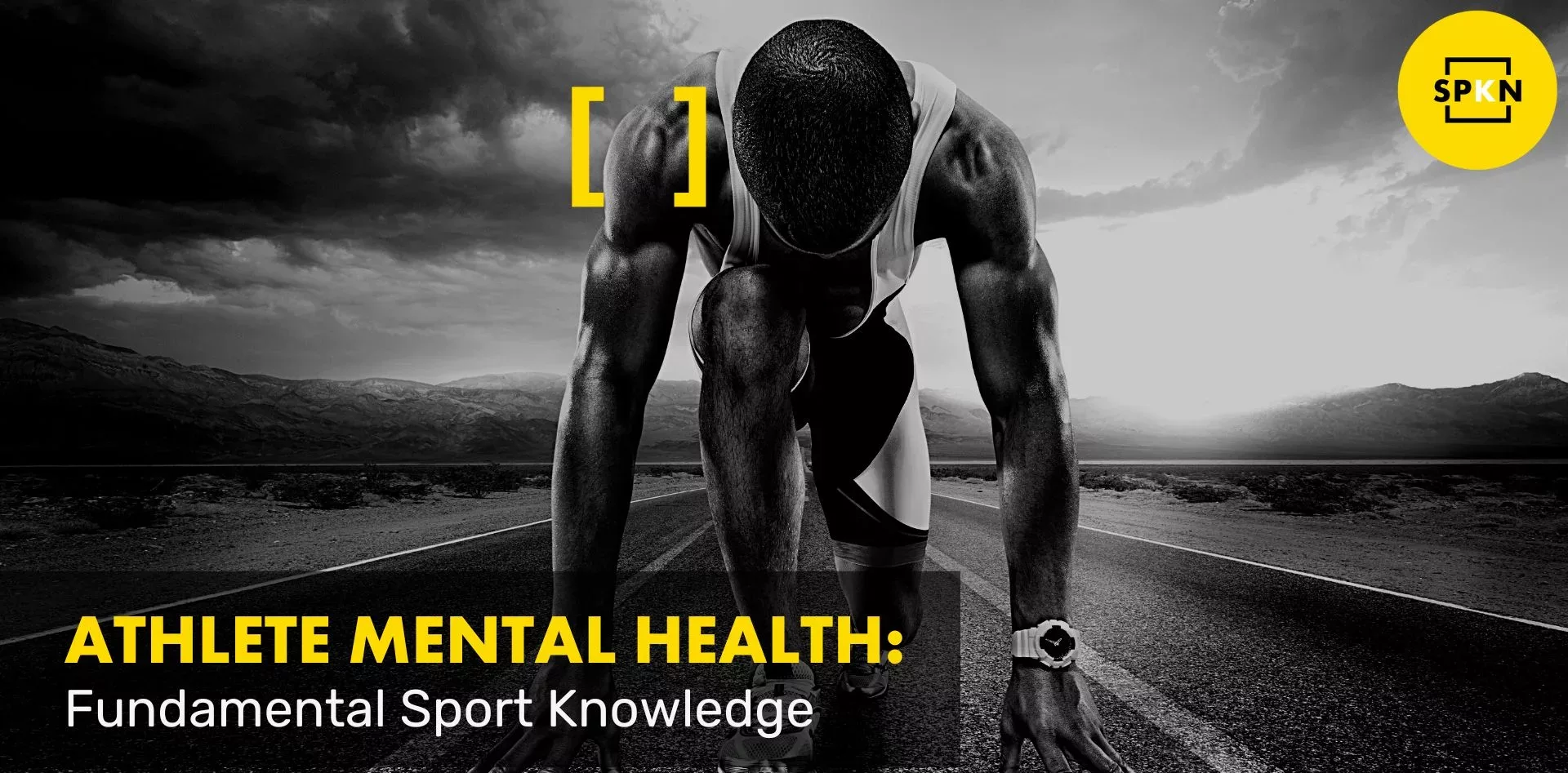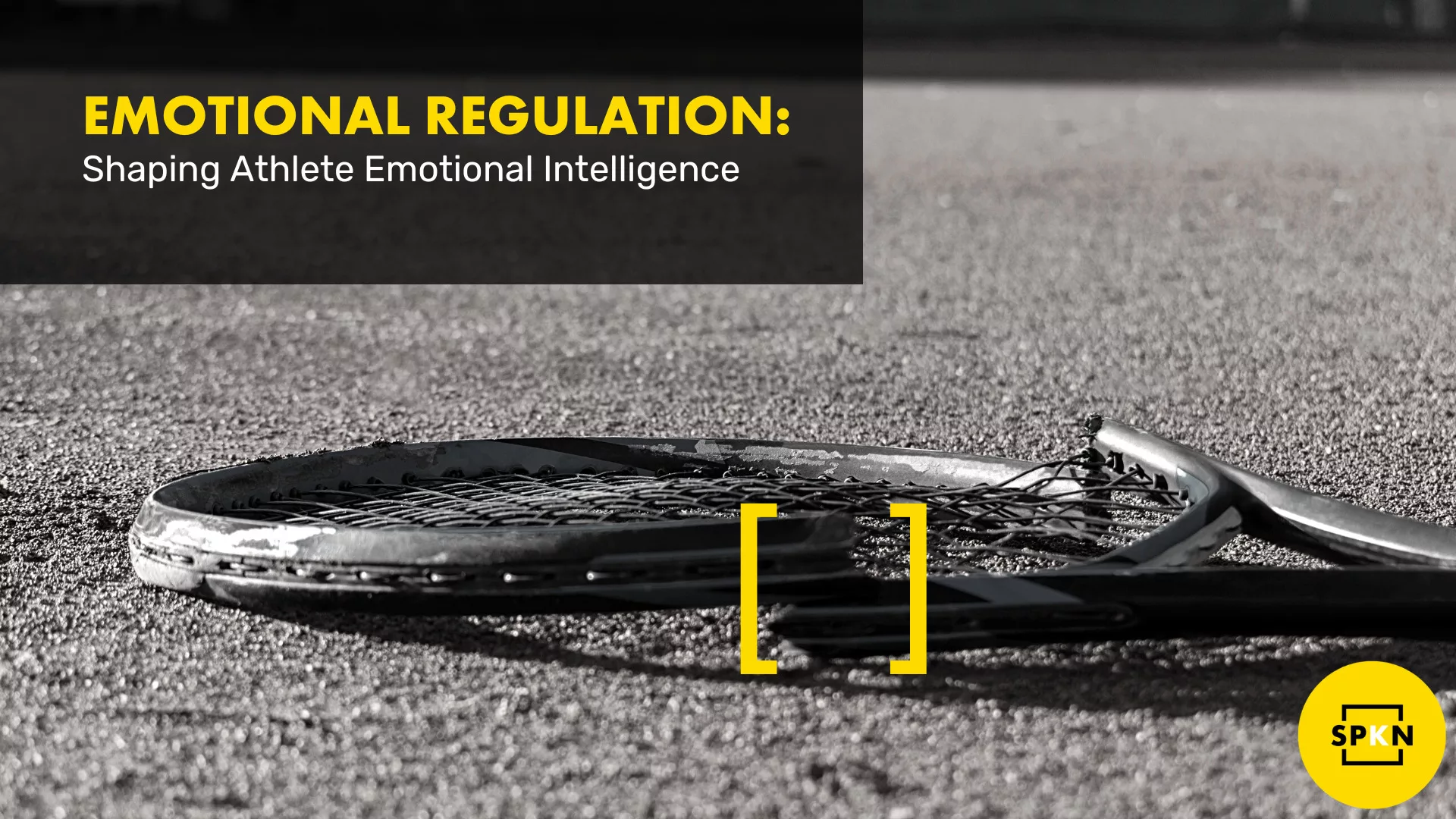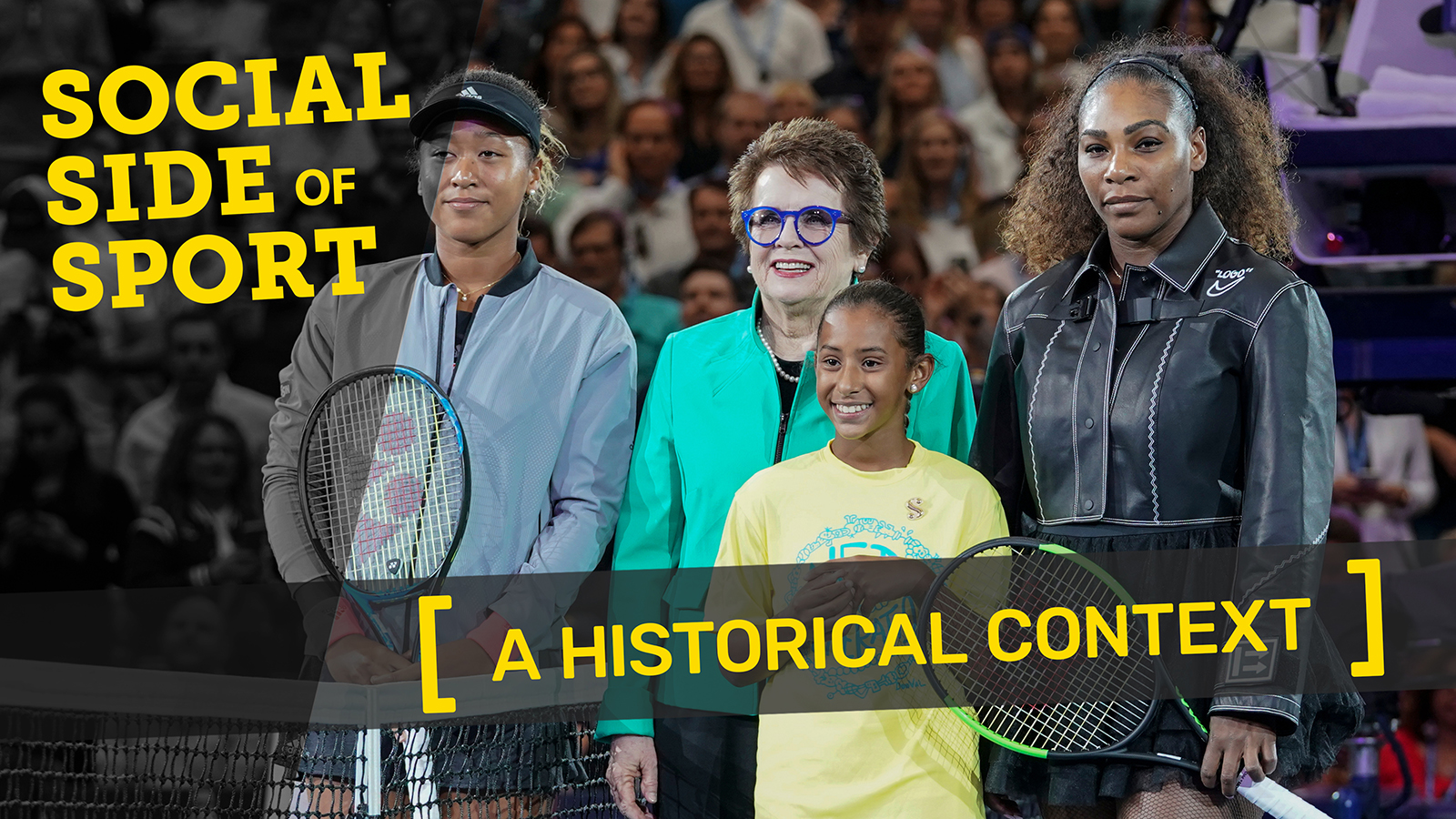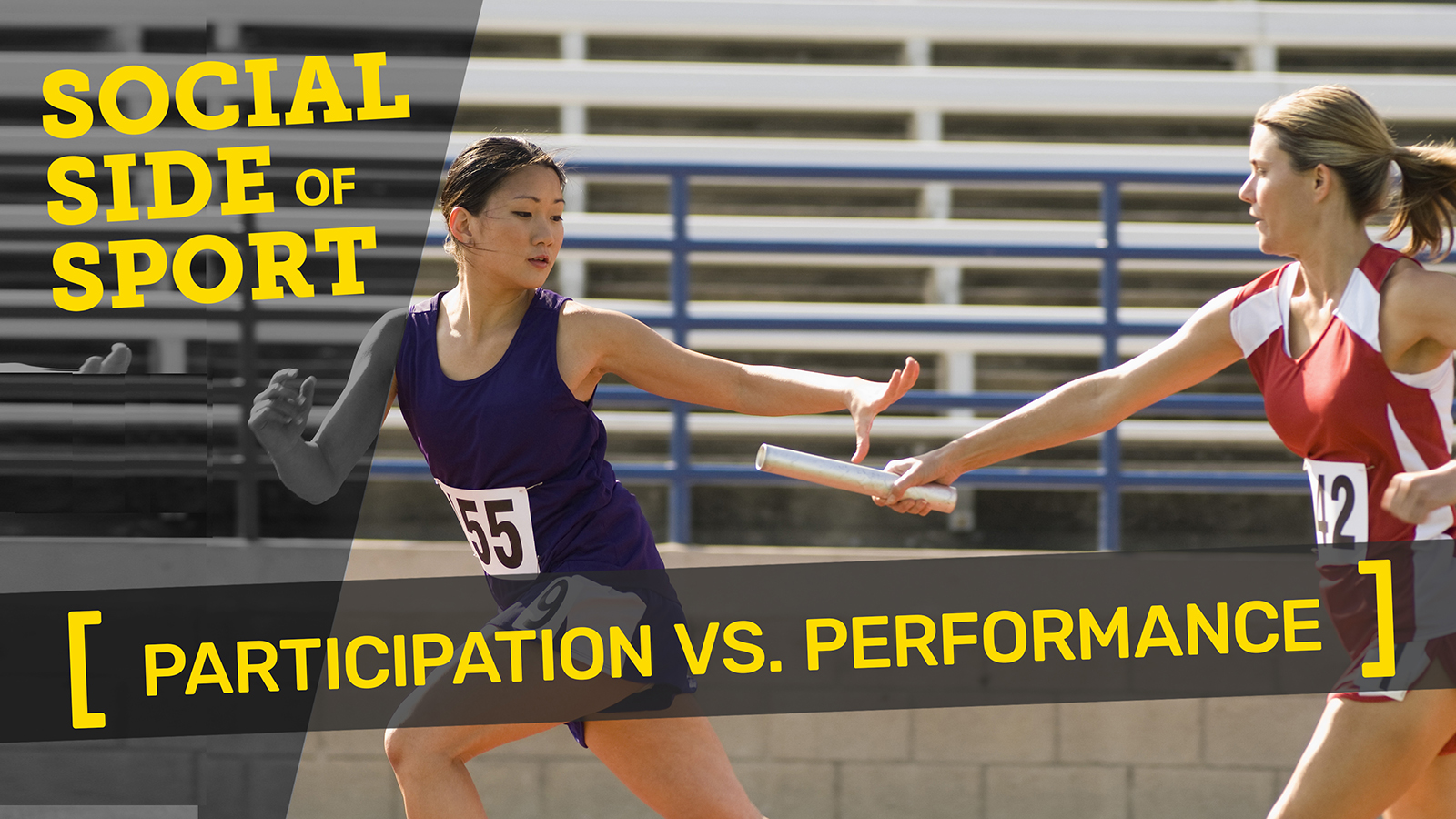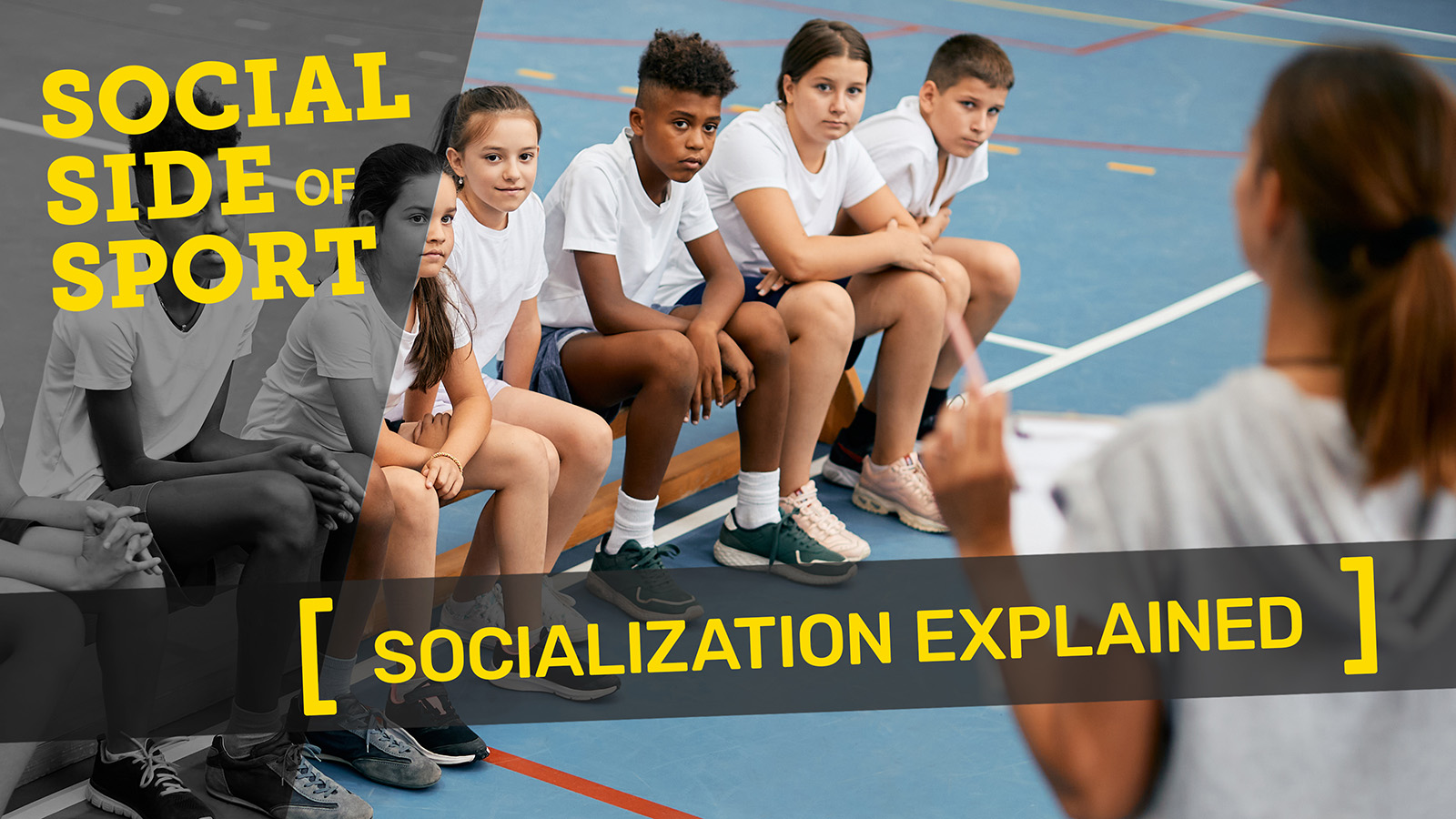Action-theoretical conceptions have been developed since the 1940s at the latest in different countries and various scientific disciplines, in particular in psychology. Since the 1970s, the action perspective has become a leading idea for the theoretical foundation of sport psychology as an action science (see, e.g., Hackfort, Munzert, & Seiler, 2000; Nitsch, 2004). The elaboration of that idea was stimulated by increasing criticism related to the one-sidedness of the traditional conceptions of psychology, the theoretical, methodological and terminological disintegration of the present scientific landscape, and the theoretical weaknesses of (sport-) psychological intervention. That is, a frame of reference that fundamentally guides our scientific and practical activity and helps systematically to integrate the findings from different studies into a comprehensive and coherent picture was urgently needed. In this sense, action psychology is more than only one of various specific psychological theories of human actions, but a paradigmatic holistic perspective on psychology in general, based on conceptualizing the human as an active agent.
The action-theory paradigm can be briefly summarized by a set of five postulates (for further details see Nitsch, 2004, 2009; Nitsch & Hackfort, 2016):
(1) The primacy of action postulate: The basic nature of humans is substantiated by the necessity and capability of organizing life by actions. Accordingly, the development of psychological functions as well as psychological traits, states, and processes are considered as fundamentally related to action. Thus, any single psychological analysis is generally asked to specify this relation.
(2) The systems postulate: Action is the integrated response of an agent to his or her present situation in the world. In that sense, action psychology is designed as a systems approach analyzing the dynamic network of an action related to the ecological context on one hand and the principal involvement and integration of all intrapersonal factors and functions on the other, in particular the psychological ones.
(3) The intention postulate: Characteristic for action as the evolutionarily highest and typical mode of human activity is the organization of behavior with regard to its intended and anticipated consequences based on internal representations. That implies a fundamental shift in the methodological focus from causal explanation (objective causes) to intentional explanation (subjective reasons). This leads to a ‘subjective action logic’ starting from the question: For what reason does somebody do or omit something? That is, we explain an action by identifying the subjective premises from
which the action is deduced as a subjective-logical conclusion (see also Laucken, 1989).
(4) The situation postulate: Action is a function of the situation in which it takes place. Situation is not identical with the environmental context, but considered as a dynamic constellation of person, environment, and task. Essential for the organization of an action is the subjective perception of this constellation, i.e., the subjective situation definition.
(5) The time postulate: Actions and the functions involved are temporal events. A present action is embedded within the action continuum with regard to the individual’s action biography and future perspective. Time reference, time limitation, and temporal dynamics are essential characteristics of all (sport)psychological phenomena.
These postulates provide the guidelines for analyzing the functional architecture of an action, i.e., to identify the action organizing functions and their interplay in detail. In particular, it specifies system levels (physical, biological, mental, social), action control systems (automatic, emotional, cognitive), intentions (value, outcome, goal, implementation intention), situation components (person, environment task, valence, competence), and action phases (anticipation, realization, interpretation).
References
Hackfort, D., Munzert, J., & Seiler, R. (Eds.), (2000). Handeln
im Sport als handlungspsychologisches Modell (Acting in
sport as an action-theory model). Heidelberg: Asanger.
Laucken, U. (1989). Denkformen der Psychologie. Dargestellt
am Entwurf einer Logographie der Gefu¨hle (Thought patterns
of psychology. Explained by a logographic conception
of emotions). Bern: Huber.
Nitsch, J. R. (2004). Handlungstheoretische Grundlagen der
Sportpsychologie (Action-theoretical foundations of sport
psychology). In H. Gabler, J. R. Nitsch, & R. Singer (Eds.),
Einfu¨hrung in die Sportpsychologie: Teil 1. Grundthemen
(Introduction to sport psychology: Part 1. Basic issues (4th
ed., pp. 43 164). Schorndorf: Hofmann.
Nitsch, J. R. (2009). Ecological approaches to sport activity: A
commentary from an action-theoretical point of view.
International Journal of Sport Psychology, 40, 152 176.
Nitsch, J. R., & Hackfort, D. (2016). Theoretical framework of
performance psychology: An action theory perspective.
In M. Raab, B. Lobinger, S. Hoffmann, A. Pizzera, &
S. Laborde (Eds.), Performance psychology. Perception, action,
cognition, and emotion (pp. 11 29). Elsevier: Amsterdam.
***Contributed by Jürgen R. Nitsch & Dieter Hackfort for Hackfort, D., Schinke, R. J., & Strauss, B. (Eds.). (2019). Dictionary of sport psychology: sport, exercise, and performing arts. Academic Press.
(https://amzn.to/3ZxARzT)


